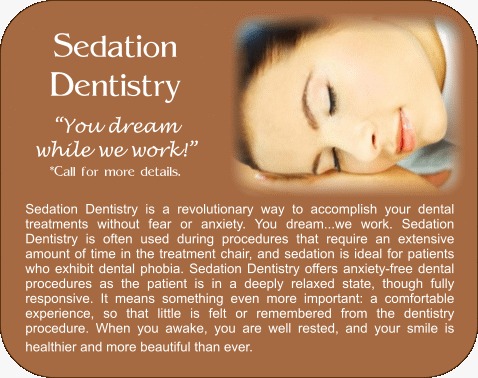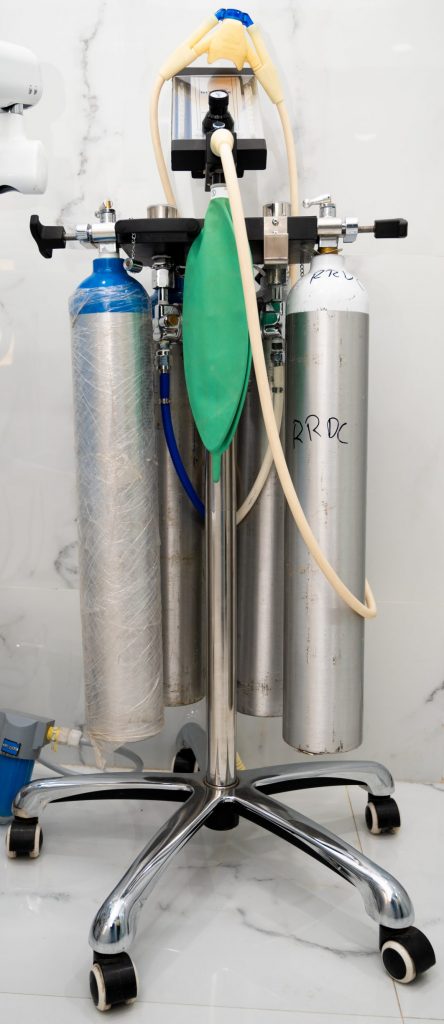Painless, Bloodless Procedures
Diode Laser Treatment | Piezotome Assisted Surgeries | Nitrous Oxide Inhalation
Diode Laser Treatment
Laser therapy is a medical treatment that uses a strong beam of light to cut, burn, or destroy tissue. It has been one of the most innovative discoveries in medicine. Its introduction into clinical practice was a major breakthrough leading to painless and bloodless surgeries with minimal patient discomfort, which was otherwise impossible by conventional surgical methods.
Laser beam is small and precise and it allows health care providers to safely treat tissue without injuring the surrounding area. Other special properties of laser is it operates within a very narrow wavelength range and the light emitted is coherent. Laser beams can be focused to a very small point, giving them a high power density. Also, laser has a property of causing surface decontamination by destroying the microbes which maintains sterile operative field which is not possible by conventional treatments. Recovery time from laser surgery is usually faster than recovery from open surgery. Because of these unique properties, this therapy is now in use in every branch of medicine from ophthalmology, oncology, cosmetic surgery, to various fields of biomedical research.
This emerging wave of laser therapy has also embraced dental sciences making the dream of painless dental procedures come true. Its applications in dentistry are having a wide spectrum.
Why Laser?
Here are some of the major benefits associated with laser dentistry:
- Needle free or “no anesthesia” dentistry
- Restorative dentistry without the numbness or “fat lip” from the anesthetic shot.
- Less chair time for many procedures.
- Faster and better treatment of gum disease.
- Reduced need for sutures.
- New approaches for dental infections, requiring less antibiotics and pain medications.
- Faster and more comfortable healing.
- Less pain associated with laser dentistry compared with more traditional treatments.
- Less bleeding.
- Less discomfort.
- Indicated for medically compromised patients
- Less chances of recurrence of infections
- Safe in children
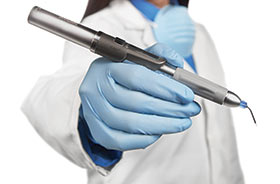
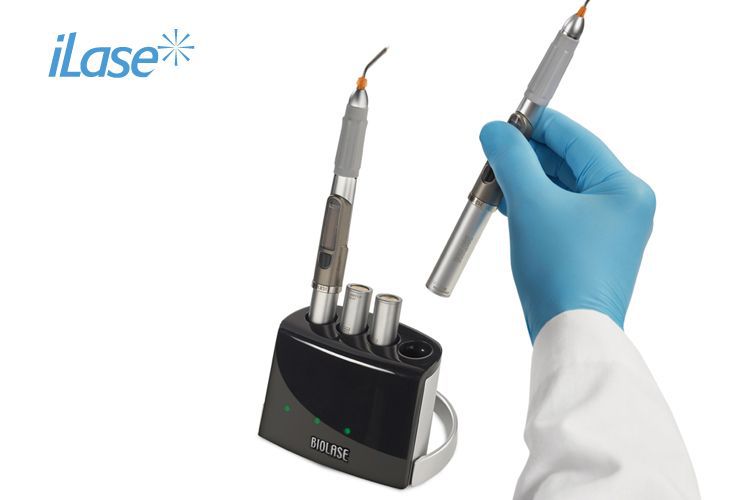
Laser Assisted Flap Surgery - R LANAP
What is Flap Surgery?
Periodontal flap surgery describes the state of-the-art techniques and most commonly used approach to the surgical treatment and plastic surgical repair of periodontal pockets. “Pocketing” is the end result of inflammation and infection that causes the loss of tissue attachment to the teeth, one common consequence of periodontal (gum) disease.
Laser Assisted Flap Surgery Overcome Traditional Surgery?
Today’s dental lasers are more focused and targeted for specific issues, including treatment of periodontal (gum) disease. Flap surgery has been used to combat periodontal disease for years, but laser flap surgery has been used now- a days for its various advantages over conventional procedures. Laser gum treatment has completely transformed the way dental professionals approach periodontal disease. Periodontists in particular have found that removing diseased tissue with lasers rather than a scalpel can be more comfortable for dental patients. That’s partly because a laser actually seals the tissue it cuts, rather than leaving a wound that requires stitches, there are no incisions separating the gum tissue from the underlying bone so that it is considered minimally invasive.
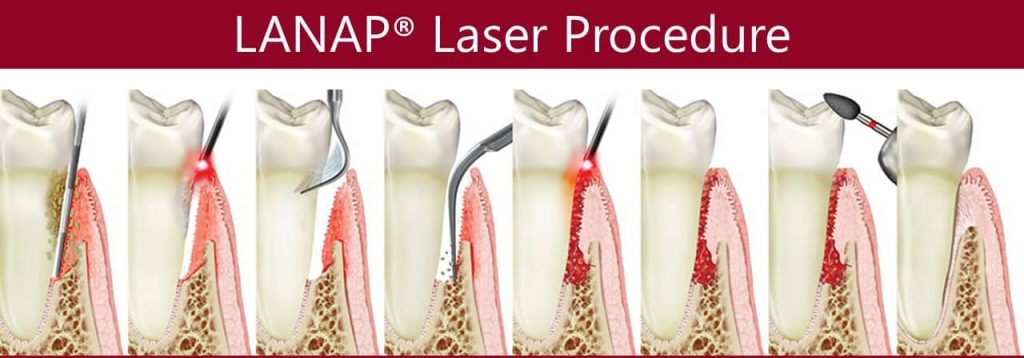
Our Treatments

Laser Tooth Whitening
Laser-assisted bleaching uses laser beam to accelerate release of free radicals within the bleaching gel to decrease time of whitening procedure. Lasing is also capable of minimizing post-bleaching hypersensitivity, loss of enamel microhardness and gingival irritation due to lack of hydrogen peroxide use
Laser Assisted Root Canal Disinfection
There is consensus that laser irradiation has the potential to kill microorganisms and to remove debris and smear layer from root canals. In root canal disinfection, there is insufficient evidence to suggest that any specific laser is superior to the traditional endodontic treatment
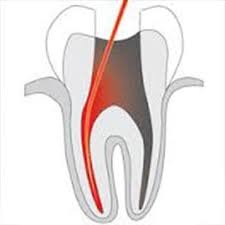

Low Level Laser Therapy On Laser
Mouth ulcers are one of the most common and painful ulcerative lesions of the oral cavity, but until now no cure has been recognized for it. In the absence of a clearly defined cause, the treatment for mouth ulcers are symptomatic, which include topical agents, systemic and topical steroids, corticosteroids, cauterization, antibiotics, mouth rinses containing active enzymes, etc. but this takes lot of time.
Conscious Sedation/ Nitrous Oxide Inhalation
Conscious sedation helps reduce anxiety, discomfort, and pain during certain procedures. This is accomplished with medications and (sometimes) local anesthesia to induce relaxation.
Conscious sedation is commonly used in dentistry for people who feel anxious or panicked during complex procedures like fillings, root canals, or routine cleanings. It’s also often used during endoscopies and minor surgical procedures to relax patients and minimize discomfort.
Conscious sedation is now usually referred to by medical professionals as procedural sedation and analgesia. In the past, it’s been called:
- Sleep Dentistry
- Twilight Sleep
- Happy Gas
- Laughing Gas
- Happy Air
